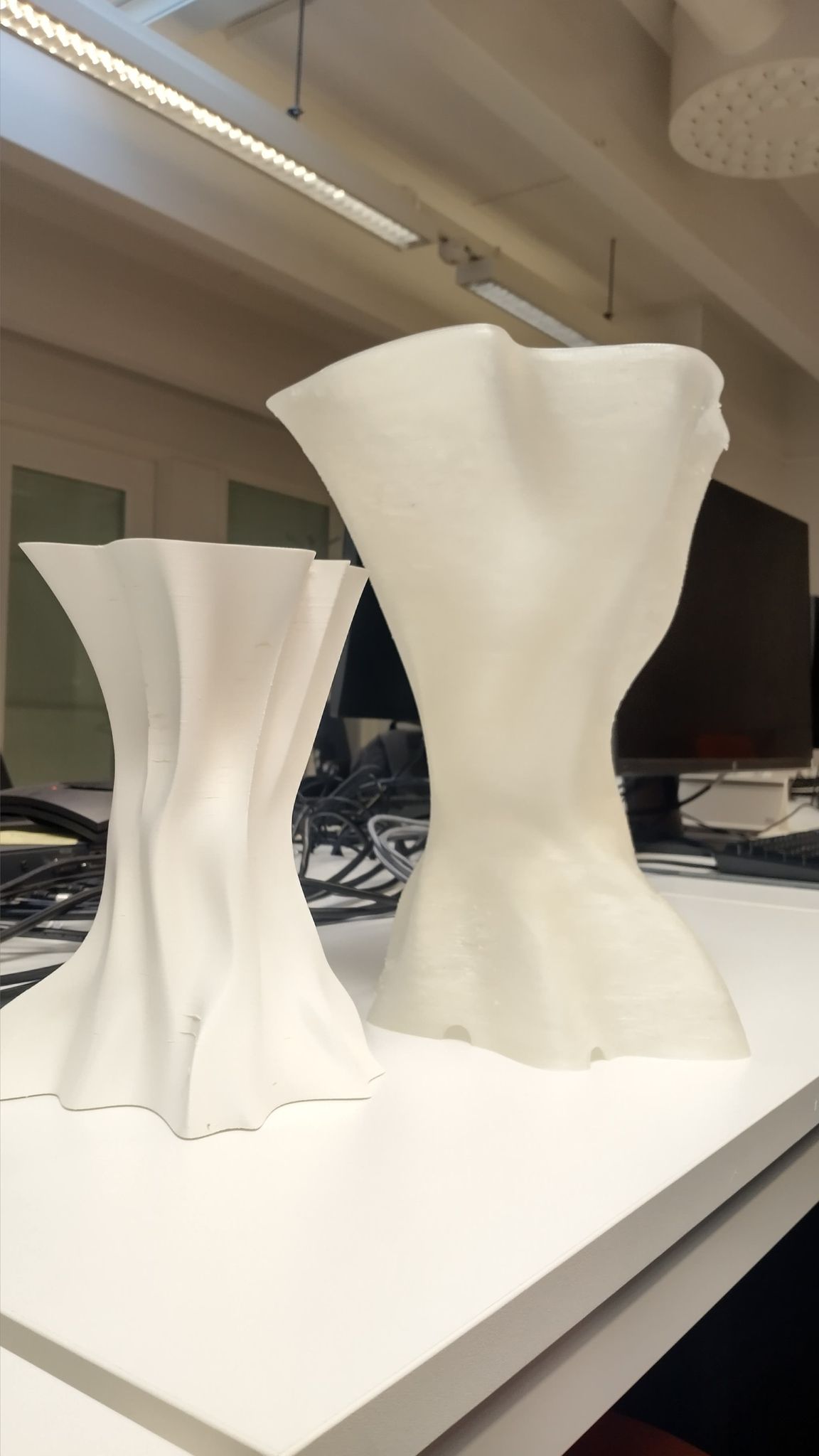Aquaponics project¶

I will make an aquaponic system. It works in a similar fashion to hydroponics in the sense that plants get nutrients from the water, the main diffrence is that in this case, the nutrients come from fish waste. This kind of systems are usually made in very large scales for mass production. I also have found some similar projects from previous years in Fab Academy, you can check them out below:
I have designed almost all the parts required for this project, except for the water pumps. the structure was designed using Fusion 360 and the Electronics using KiCad.

Materials¶
- Structure
- 1kg Transparent PLA €20
- 1kg Black PLA €20
- 0.5m^2 3mm Acryllic ~€10
- 100g Silicone sealant €5
- Electronics
- DHT 11 Sensor €2
- Salinity Sensor €2
- 2*3-6V DC Motors €2
- 3*ATTiny 412 €0.6
- FR4 Copper board €6
- SAMD11C IC €1.5
- Multiple connector pins €1
- 3 LED’s €0.5
- 3 499Ohm resistors €0.1
- 3 1uF Capacitor €0.1
- Biological
- Small fish (yet to decide which species) €5 - €10
- Lettuce sprouts €5
- Gravel €1
Prices are per piece
Materials needed for the Structure and Electronics sections will come from Fab Lab, I will get the Biological section from a local pet store and hardware store.
As mentioned before, everything will be made and designed at Fab Lab, except for the water pumps which are an external design, here are the main components and how they are made:

The main strucuture of the system, they will separate the plants from the water. They were 3D printed

Water pumps, they will keep the water circulating. They were also 3D printed.

The electronics were designed and fabricated at Fab Lab.

Most of the water tank will be laser cut.
The objective¶
The point of my project is to demonstrate how and aquaponic system can be made at home. Many people lack the knwoledge on running a system such as this one, but the automation I will be incorporating will be of much help for anyone wanting to replicate this. I will consider my project a success the moment any plant growth can be measured, without the system requiring any major maintenance. (A time lapse should do the job)